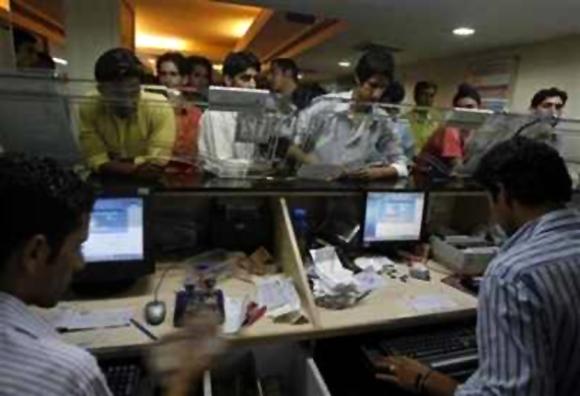
The account holders will get financial literacy training sessions and, on completion, a year later, a Rs 5,000 overdraft limit.
That headline may sound a bit sensational - but the financial inclusion plan of the government could lead to such an outcome, if one key component of the plan turns out to be the way it has been described in the media.
For a government that is wary of talking to the press and prefers to keep everything close to its chest, it is notable that every single publication seems to have got hold of the blueprint of Narendra Modi's ambitious financial inclusion plan, supposed to be announced on August 15.
Apparently, the plan will provide "universal access to banking facilities" by offering a basic bank account and a RuPay-enabled debit, overdraft and ATM card with inbuilt accident insurance cover of Rs 1 lakh.
…
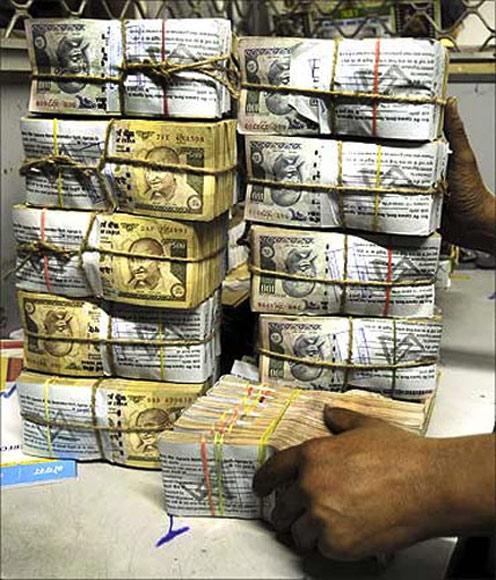
According to the government, more than 40 per cent of Indian households do not have access to banking services. That means about 75 million households.
The government wants at least two members of each of these families to at least have savings bank accounts. This means 150 million new accounts. (Other media reports later said that it would be one account per household.)
The account holders will get financial literacy training sessions and, on completion, a year later, a Rs 5,000 overdraft limit. It is this last bit that caught my attention and leads to the math behind the headline of this piece.
Recall that, some 15 crore people will be covered by this massive programme. If each one of them gets a Rs 5,000 overdraft, India needs to find Rs 75,000 crore of new money from somewhere to lend to those among the poorest.
…

The government is using the term "overdraft", and not loan. Banks will hold no security against this overdraft.
It is surely unfair to expect those who have never had access to bank accounts to put up assets to borrow money. They may deserve an overdraft. But the question is what kind of behaviour will it encourage among borrowers?
Is it too hard to see moneylenders advising them to borrow from the bank and reduce their outstanding?
Or, for that matter, find a way for the borrower to channel the money to them? Or, very simply blow it up on liquor and gambling, as poor women seem to complain about their husbands.
…
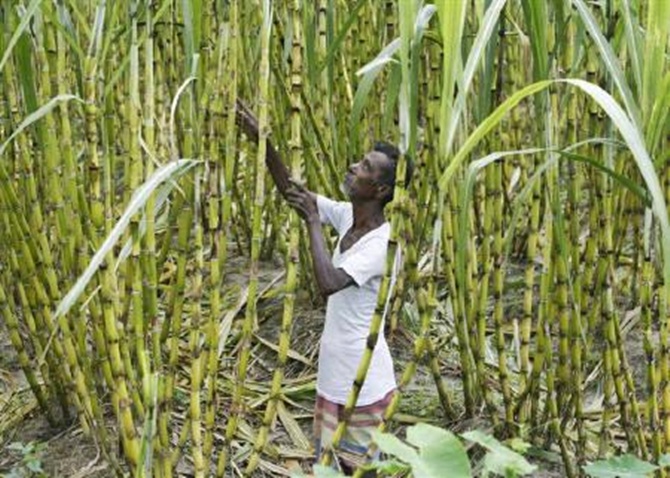
The Rs 5,000 overdraft can go bad, if it is provided at all. Theoretically, we are facing a Rs 75,000-crore (Rs 750 billion) loan mela.
The government possibly anticipates some delinquency. So, according to the plan, the borrowers under this scheme will undergo financial literacy training, while the entire loan portfolio would be backstopped by a credit guarantee fund with an initial corpus of Rs 1,000 crore (Rs 10 billion). Given the scale of the roll-out, we will blow the Rs 1,000 crore in no time.
Besides, we know how credit guarantee funds work. There is a fund for small businesses, running since 2000. Banks get guarantee for lending up to Rs 1 crore (Rs 10 million).
Most bank officials will tell you they know nothing about any such scheme. In short, they don't want to lend - even when there is a guarantee. Will the prime minister's pet scheme also go the same way?
…
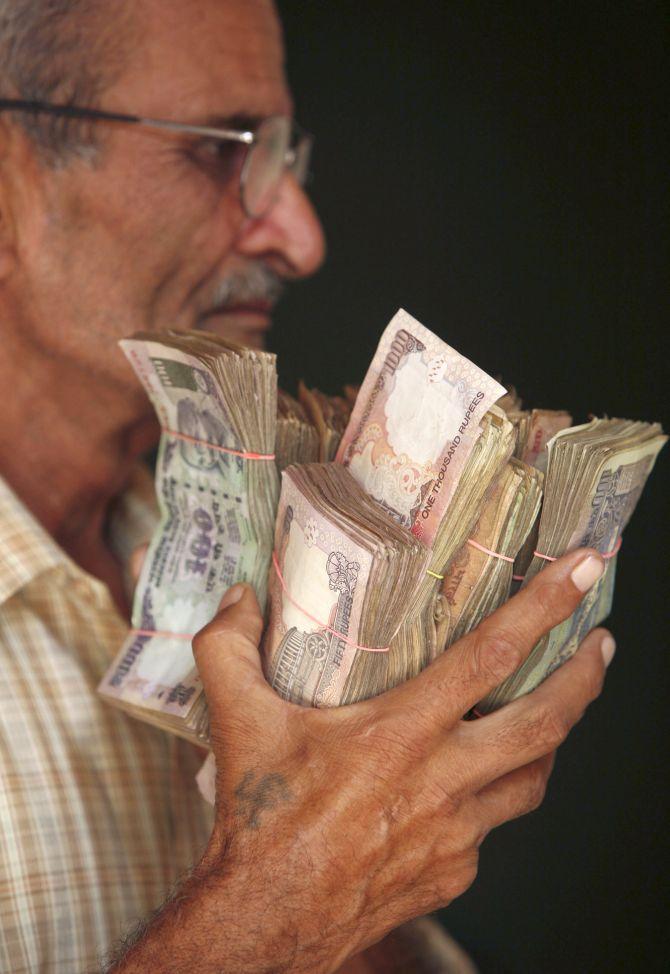
I am quite at a loss to understand any of this, coming from the present government. If a scheme such as this came from the previous government we would have known its fate - inefficient targeting, large losses and sputtering to reach its desired goals.
We have a strong-willed and no-nonsense prime minister who has supposedly put this financial inclusion plan on a "mission mode".
You would want to take it seriously. And yet the implication of taking it seriously is mind-boggling: Rs 75,000 crore of lending without collateral!
Plus all the issues arising from a heavy dependence on inefficient and corruption-ridden public sector to deliver the plan.
The heads of government banks have been told that the programme is in a "mission mode" - the same highly inefficient banks that themselves need massive capital infusions periodically.
…
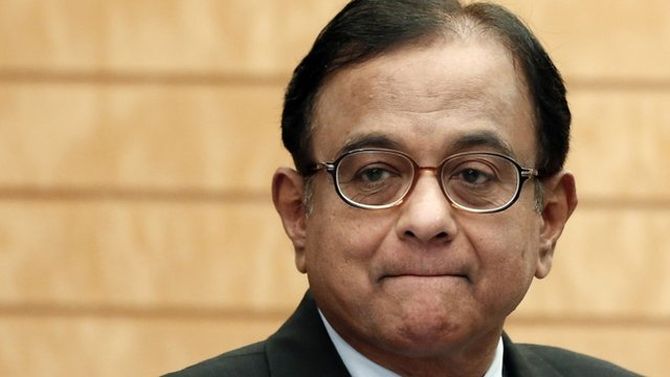
Indeed, after P Chidambaram doled out Rs 11,000 crore (Rs 110 billion) to them without enforcing accountability, the banks have slipped further. Then there is the issue of corruption.
Last Friday, the chairman of Syndicate Bank and a few others were arrested for taking bribes. To those who believe that many senior positions are sold, this is not a surprise. It is one reason why banks are unable to recover large loans given to wilfully defaulting industrialists.
In sum, nationalised banks are in a mess and cannot even ask for capital infusion from the government; the four government insurance companies are no better. In fact, a cash-strapped government wants to extract money from them, by divesting its stake in listed banks.
Given this, can a bankrupt government use the same agencies to dramatically bump up the number of basic accounts under various financial inclusion attempts from a cumulative figure of 18.2 million in March 2013 to 150 million?
…
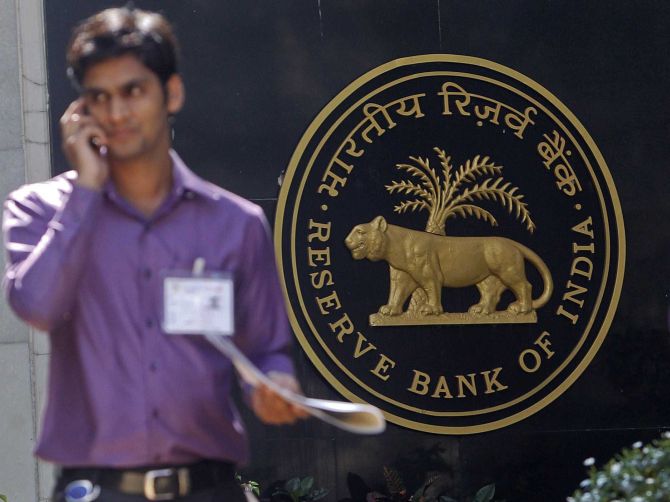
Also, 80 per cent of these old accounts are dormant, reflecting the core of the problem: banks don't care and customers can't use these accounts.
It is important to know that of these 18.2 million no-frills accounts only 3.9 million availed overdraft facilities, adding up to just Rs 155 crore (Rs 1.55 billion). Has the government bothered to study why accounts went dormant, and why the overdraft available in the past did not attract users?
The new plan is not just about opening an account and overdraft. It will have insurance, debit cards and "financial literacy" programmes attached to it. What will be the use of a debit card if the account has no credit balance?
How will insurance not be misused, as in the past? How many people are needed to deliver financial literacy programmes to 150 million people? How does one reach 150 million people in any case?
Financial literacy, as researchers have found, is notorious for decay. Three months later, nobody remembers a thing. There are just too many questions about the whole programme. Maybe the doer prime minister knows something we don't know.
The writer is the editor of www.moneylife.in